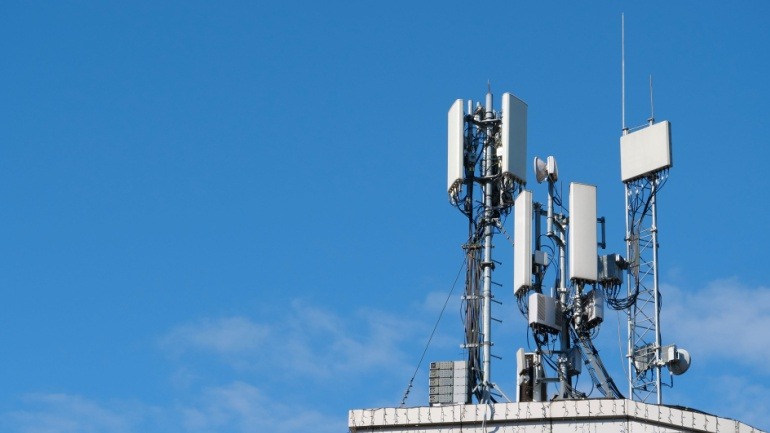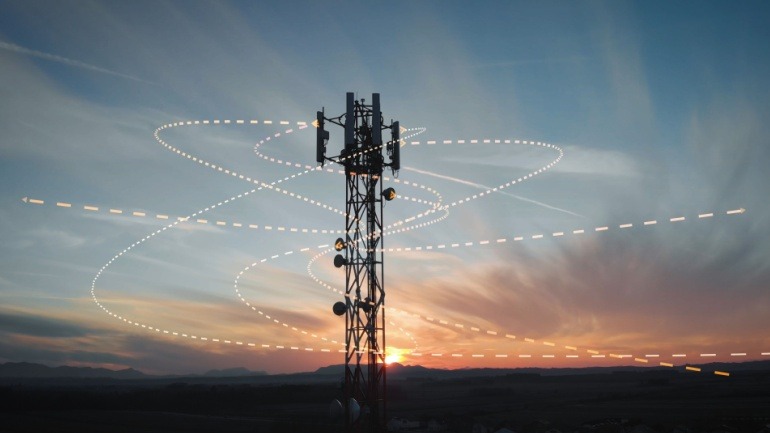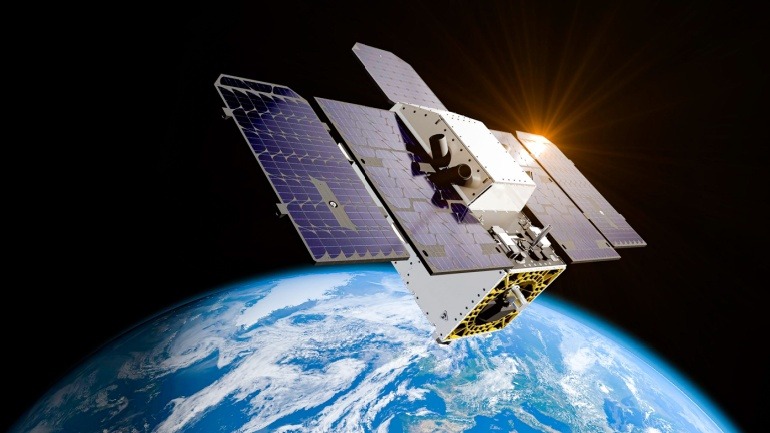Vodafone Germany has creatively repurposed a traditional advertising column in Stuttgart into a 5G antenna site. This marks the launch of an innovative initiative aimed at strengthening mobile coverage in urban areas of Baden-Württemberg. The project, unveiled at Feuerseeplatz, is the first of potentially 100 such transformations planned across the city.
These revamped columns, equipped with Ericsson antennas hidden within their roofs and concrete structures, are designed to deliver high-speed mobile internet with download speeds reaching up to 500 Mbps. The strategy is innovative, as it leverages fiber optic backhaul to provide coverage over a 400-meter radius. This concept allows Vodafone to expand its 5G network rapidly, avoiding the cumbersome process of constructing large cell towers in densely populated city centers.
As part of their broader network expansion strategy, Vodafone and their partner Ilg aim to convert up to 100 columns in Stuttgart. The transformation targets high-traffic zones such as the Mercedes-Benz Museum, MHP Arena, and Bad Cannstatt train station. According to Michael Jungwirth from Vodafone management, this approach comes at a time when the demand for data in urban locations is surging and the prospects for new cell sites are diminishing. Their solution? Incorporating state-of-the-art, compact 5G antennas into everyday urban structures, which comes as a faster alternative to traditional cell towers—a “technical renaissance for the good old advertising column,” as Jungwirth describes.
This isn’t Vodafone’s first deployment of this kind. Over 100 similar micro-sites have been installed in Düsseldorf, handling extensive data transmissions and numerous connections daily. These advancements allow Vodafone to meet its customers’ increasing data needs effectively.
In addition, Vodafone launched its 5G Standalone (SA) network nationwide in October 2024, marking a significant technological upgrade. This rollout enables users with compatible smartphones to enjoy 5G services available for both internet and calls without relying on outdated LTE technology. This evolution is crucial, providing faster connections and reduced latency—essential for lag-free mobile gaming and applications using augmented and virtual reality.
Vodafone Germany, in collaboration with Ericsson, Nokia, Qualcomm, and Oppo, has equipped roughly 16,000 of its 26,000 mobile stations with 5G technology. This offers nearly 92% of Germany’s population access to 5G, with over 90% capable of accessing the 5G SA network. By mid-2025, coverage is anticipated to expand to 95%.
The preservation of a mixed network, operating both 5G SA and Non-Standalone (NSA) technologies, allows Vodafone to serve phones not optimized for 5G SA, offering extensive network reliability and accessibility.







